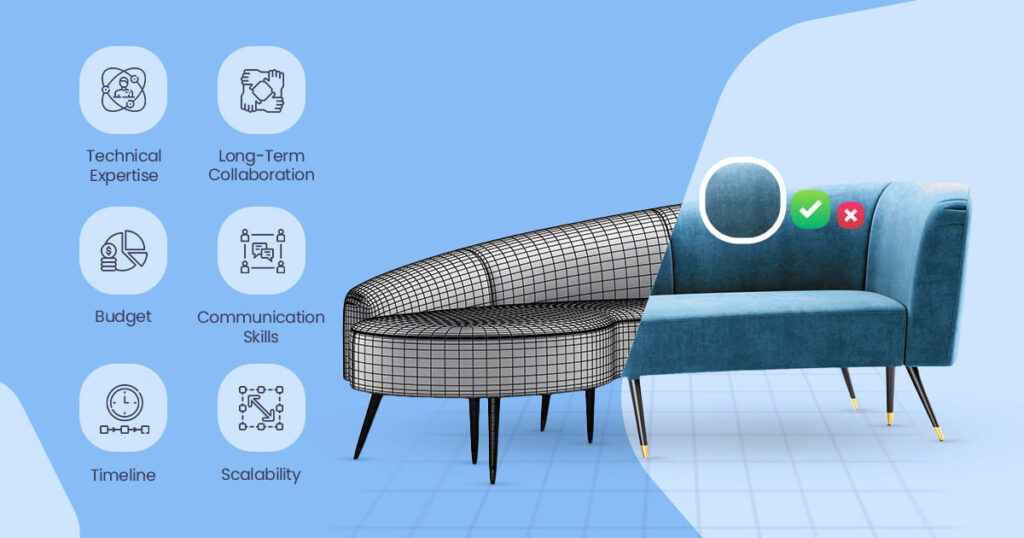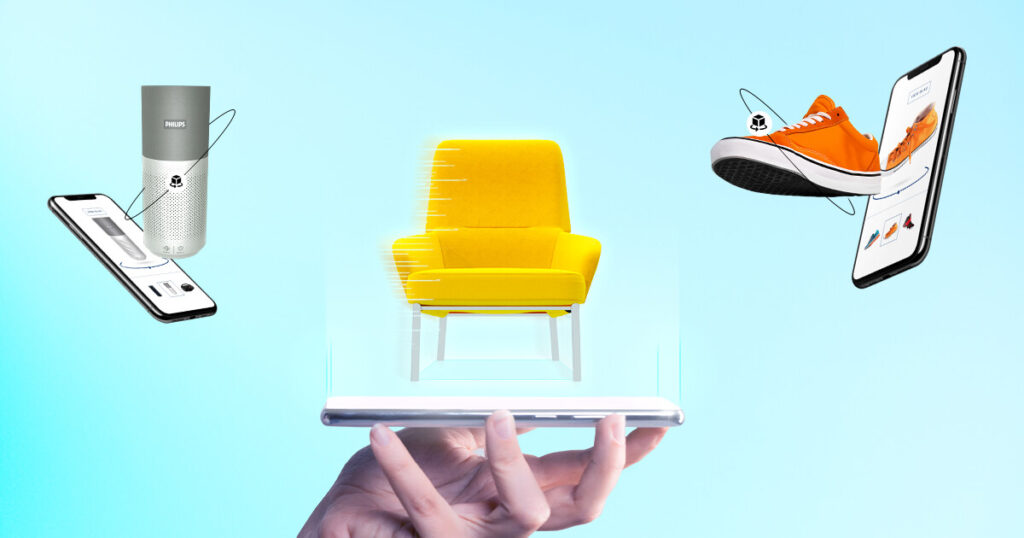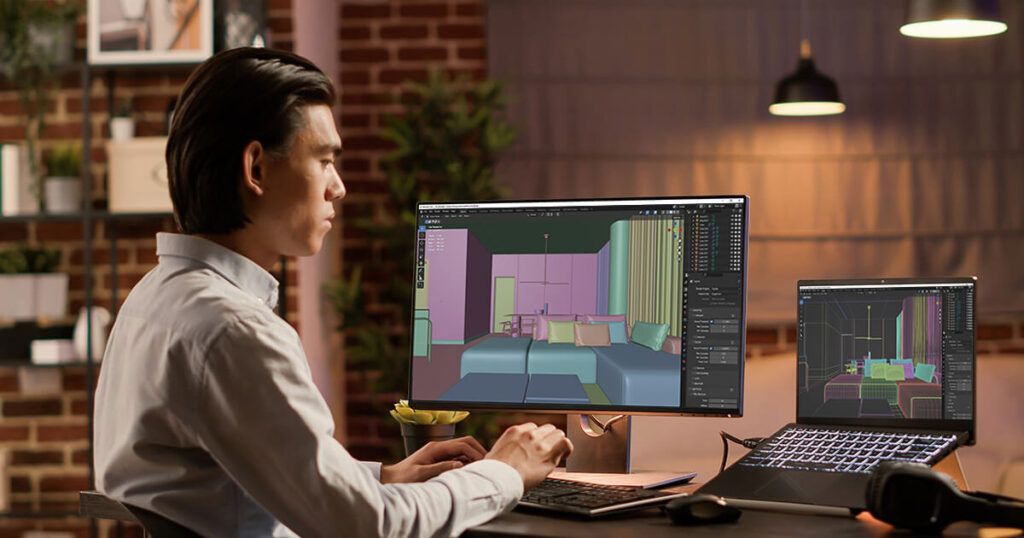3D rendering and 3D visualization are terms that are often used mostly at present in the design industry. While they may sound similar, they have distinct processes with different purposes. They have differences in fields like architecture, interior design, animation, and gaming. In this blog, we will explain this difference between 3D rendering and 3D visualization and help you understand their unique uses and purposes.
What is 3D Visualization?
3D visualization is the process of creating clear and interactive visual representations of three-dimensional data. 3D visualization focuses on creating a comprehensive and interactive representation of a concept, design, or product. It involves using computer graphics techniques to present information or ideas in a visually comprehensible manner.
What is 3D Rendering?
3D rendering involves the process of generating a 2D image or animation from a 3D model. It forms the use of algorithms and mathematical calculations to transform a model into a realistic image. The primary goal of rendering is to produce a visually appealing and lifelike representation of a virtual scene.
The Differences between 3D Rendering and 3D Visualization
-
File Information and Documents
A 3D visualization contains more information than a 3D rendering. It includes detailed specifications of the object such as shape, size, materials, colors, and even estimated production cost. The file format used depends on the software. It has common formats like STL, DWG, OBJ, 3DS, and IGES, some of which are specific to certain software.
To make it user-friendly and easy to share, 3D rendering images or videos are typically saved in common formats like JPG and PNG for images, and MPEG and MP4 for videos. Clients or anyone can open the rendering results in regular image viewers or video players without needing specialized software.
-
Visualize Before Rendering
Before starting the process of 3D rendering, you need a 3D model. It can be realistic on its own but lacks scenery. To create lifelike images, 3D rendering simulates the environment by adding lights, shadows, and other natural elements to the object within a digital scene.
-
Tools
While some CAD artists can perform both 3D visualization and 3D rendering, it is important to note that these processes typically require different software tools. Popular software for 3D visualization includes Blender, Sektch up, Autodesk Maya, Autodesk 3ds Max, Cinema 4D, while 3D rendering software includes V-Ray, Blender, 3Delight, and RenderMan.
-
Reusability
A 3D model is a versatile geometric object. It can be easily modified and reused by 3D rendering services. In contrast, modifying a 3D rendering, especially if it has been saved in common formats like PNG or MP4, is difficult. It is often simpler to start the rendering process newly rather than attempting to modify a completed work.
-
Usage
A 3D visualization is typically used as a technical preview of a design for production. It provides a detailed digital representation of the actual object with accurate specifications for each part. It serves as a reference for creating prototypes.
On the other hand, 3D rendering is primarily used for design presentations. It showcases how an object would appear if it existed physically. Renderings can be used for marketing purposes. Specifically, when based on existing products, as they serve as visual materials to promote and advertise.
Now, we will demonstrate the differences between 3D Rendering and 3D Visualization through a table:
| Aspects | 3D Rendering | 3D Visualization |
| Purpose | Create photorealistic images | Provide visual representation |
| Technical Complexity | Complex calculations and processes | User-friendly presentation |
| Application Focus | Movies, video games, visual effects | Architecture, design, prototyping |
| Time and Resources | Time-intensive and requires significant computational power | Real-time or shorter processing times |
| Emphasis | Realism and image quality | Interactivity and exploration |
| Pros | Photorealistic images with high-quality visuals | Provides visual representation of concepts, designs, or products |
| Ideal for movies, video games, and visual effects | Helpful for architecture, design, and prototyping projects | |
| Cons | Time-consuming rendering process, especially for complex scenes | May lack the photorealism of rendered images |
| Requires significant computational power and resources | Limited in terms of complex lighting and material effects | |
| Price | Expensive, requires powerful hardware and software tools | Relatively more affordable |
In conclusion, the difference between 3D rendering and 3D visualization lies in many requirements. While 3D rendering aims for realism and focuses on image quality, 3D visualization depends on interactive exploration and user-friendly presentations of 3D models. Understanding these differences can help us recognize the unique roles these techniques play in various industries.






